Day Trip to Colca Canyon
The Canyon
Arequipa is Peru’s second largest city and is a beautiful city on its own, but most visitors come here for something else. Arequipa is also the gateway to Colca Canyon, one of the very top attractions in Peru.
It is widely claimed that Colca Canyon is the second deepest canyon in the world, with a depth of up to 3400m. The deepest canyon in the world would also be in Peru and not far from Colca (100km, air distance). Cotahuasi Canyon measures around 3500m at its deepest, so only slightly more than its neighbour, but its location is quite remote and so it remains relatively inaccessible for the masses. That said, many other canyons around the world claim similar records, so this might not be entirely true. Either way, Cotahuasi is a bit deeper than Colca, and they are both two of the largest and deepest canyons in the world.
Don’t imagine a sudden drop of over 3km from the edge to the bottom of the canyon, it’s a more gradual transition. The canyon floor may be at an elevation of 1800m, while some of the peaks around the canyon are over 5000m, so this gives an overall depth in excess of 3,000m. Also, the canyon is deeper towards its western end which is remote and well off the beaten path. Few venture this far unless on multi-day trekking tours. At Mirador Cruz de Condor, the most popular spot in Colca Canyon, it’s a 1200m drop to the river below. Still very impressive though!
Source of Amazon
The mountains near Colca Canyon are claimed to be the source of the Amazon river. A glacial stream from Mismi, a mountain peak just north of the canyon (you can see it from the other side, including Mirador Cruz de Condor) is considered to be the most distant source of the Amazon (as of not too long ago, 1996). It flows into several other rivers before reaching the Amazon, but this relatively recent discovery would make Amazon the longest river in the world - a title that has historically belonged to the Nile in Africa.
You can visit the source of the Amazon River on a one day trek from Colca Canyon.
Condors
Colca Canyon is one of the best places in South America to see the Andean Condor in its natural habitat. Some condor facts:
The Andean Condor is the largest bird of prey and one of the largest flying birds in the world, with a wingspan of up to 3.3m
Andean Condors have a long lifespan of more than 50 years
They mate for life
They are scavengers and rarely kill live animals, feeding on carrion instead
The Andean Condor plays an important role in the folklore of the Andean regions. It is considered a national symbol in all countries on the Pacific coast of South America, including Peru.
Tours
You can visit Colca Canyon independently or as part of a tour, which can range from a single day sightseeing tour to trekking tours spanning several days. Colca Canyon is a popular hiking destination and has many trails with varying degrees of difficulty. If hiking is what you are after, then you must stay for at least two days. A one day tour involves a series of short stops and driving from one location to the next. At most, it may include a 30-min walk along the crater rim.
Tours at Colca Canyon are very popular and offered by many providers, so there is usually no need to book the tour far in advance (a couple days before should be fine). But booking earlier might be a good idea in high season.
Regardless of how you visit the canyon, there is an entrance fee for foreign tourists. This is quite steep, at 70 soles (18$) per person.
When to Visit
The temperature in Arequipa and Colca Canyon is fairly constant throughout the year. It is the rain that makes the difference. The dry season in Peru’s Andes runs roughly from May to October. This is the best time to visit Peru, due to a significantly lower chance of rain. Understandably, it is also peak season.
We visited Peru in May, and did not experience a single drop of rain.
Condors can be seen throughout the year, but apparently they are more active between March and June.
Getting There
It may not look that far on a map, but it’s a 3h30min drive from Arequipa to Chivay, the easternmost point of Colca Canyon.
If you plan to spend several days in the area, you can get there on your own by taking a bus from Arequipa to Chivay or Cabanaconde (on the other side of the visitable part of the canyon). Then you can arrange your own accommodation and transfers around the area. Alternatively, you can join a multi-day trekking tour.
If you only have one day to spend at Colca Canyon, you really should join an organised tour. Small group tours are relatively inexpensive and they include stops at several locations. Getting there independently would some really careful planning to get the timings right - and even so, you won’t get to see as much. It’s not worth the effort and risk.
The One Day Tour
Because we did not have more time and knew we’d get a good dose of hiking around Cusco later on, we went for the one day tour. We organised our tour through Peru Hop, the operator we used to get from Lima to Arequipa, though the actual tour company was called Peru Andes. The cost was 26$ per person (April 2022).
Early Wake-up
One thing to know about the single day tours to Colca Canyon is that they start early - and I mean really early! We got picked up from our hotel at 03:00… But it’s important to leave early, because the transfer time is long, and you want to be at the viewpoint during the first part of the day, when condors are most active (08:00-10:00, they say).
Since it is dark at that time, you won’t see anything for the first couple hours, and since you’ll be tired, this would be a good time to extend your sleep - though know that the road is quite windy.
Mirador de los Andes
Our first stop was Mirador de los Andes, which is the highest point on the way to Colca Canyon, at 4910m. Depending on the tour, this stop may instead happen on the way back. From there, you can see several volcanoes and mountain ranges that are over 6000m, in all directions. There are also free toilets available. Because it’s such a high altitude, it is also quite cold, especially in the morning. And if this is your first exposure to proper high altitude (4000m+) on your Peru trip, you will most likely feel it one way or another.
Breakfast
When we arrived at Colca Canyon, we stopped and had breakfast in a random place that looked like someone’s house. The breakfast was included as part of the tour, and was quite basic. If you have breakfast included at your accommodation, you might want to ask them to pack something for you, the day before. Or maybe not, depending on how you cope with the high altitude.
Maca
Our next stop was in a small town called Maca. The main attraction here is a group of ladies holding of alpacas for photos - a sight that will become all too familiar, especially once you reach Cusco. We already resisted this photo opportunity a few times in Arequipa, and since there was nothing else to do, we decided to give in to temptation. Of course, the ladies will expect a few soles as payment. I still remember the names of our two chosen alpacas - Lucas and Chocolates.
Mirador Cruz de Condor
After that, we headed further west and stopped at one or two viewpoints, to admire the green terraced fields and mountain ranges behind. Then we passed the checkpoint where we paid the entrance fee of 70 soles.
And finally, it was time to see the condors. While this was optional, our guide offered us the opportunity to spice up our one-day Colca Canyon experience with a “hiking” activity, by getting off the car early and walking along the canyon rim the rest of the way (a 30-min walk). The walk was nice, but seeing all the condors flying around the Cruz de Condor viewpoint ahead of us made us really want to get there sooner rather than later. At this point, the supposed time window of peak condor activity was nearing its end.
Mirador Cruz de Condor was packed, but that wasn’t really an issue, as you look out towards the mountains and the sky. We saw a number of condors flying over several times, and they are as majestic as you’d expect. They fly quite close, and we even got to see one resting on a rock just below the viewpoint. If you are into photography, it’s worth bringing along your telephoto lens.
Hot Springs
Our next stop was at the hot springs Baños Termales de Puye near Yanque, where we probably stayed for around 40min. There was also the option to try zip-lining instead, at the same location. The entrance fee is 15 soles (4$) per person and there are changing rooms and lockers available. The facilities are quite basic and the place is not particularly scenic. And while it was relaxing, I probably would have rather skipped this altogether and spent more time at the canyon instead. Bathing in hot water with too many others, while it’s also hot outside, is not my idea of a good time. Some tours may instead stop at Baños Termales de Chachapi, which are nearby (and look much nicer, from photos).
Lunch
We had lunch in Chivay, and we went to one of those places that exist only to serve tourists on group tours. And while I tend to run the other way whenever I am dragged into a “Restaurant Turistico” while on an organized tour, we didn’t really have other options on this occassion. The buffer cost 35 per person, without drinks.
The Way Back
At last, it was time to head back to Arequipa. And, since there was light outside this time around, we got to see more of the beautiful mountain views, and also spotted lots of camelids (llamas, alpacas, and vicunas). To everyone’s delight, we made a stop too.
We arrived back at our accommodation around 17:30.
Altitude
I can’t talk about Colca Canyon without mentioning one very important aspect that could ruin your trip - altitude sickness.
If you have already been to Cusco (3400m) before reaching Arequipa, then you are most likely already well acclimatised to the high altitude and you will be fine - especially if you went to Rainbow Mountain (5200m) or Salkantay (4600m). But if you are getting to Arequipa (2300m) from the direction of Lima, meaning much lower altitudes, then it is important to spend at least a day in Arequipa before heading to Colca Canyon (and not the other way around). This would also help you later on if Cusco or Lake Titicaca (3800m) are your next destination.
The one-day trip to Colca Canyon is a long day that starts early and involves climbing from 2300m up to 4900m then down to 3600-3800m (Colca Canyon), and then the same thing once again on the way back. Even though there is very little physical effort involved, it can still hit you, so it’s best not to jump straight in. We spent a full day in Arequipa prior to Colca Canyon and I still had a bad headache on the way back. But others have had it much worse.
There is medication out there that can help with preventing altitude sickness (we didn’t take any), and once in Peru you will also discover coca leaves, in all their forms from tea to candy, as a popular remedy. But enough time with a little bit of planning is possibly the best remedy.


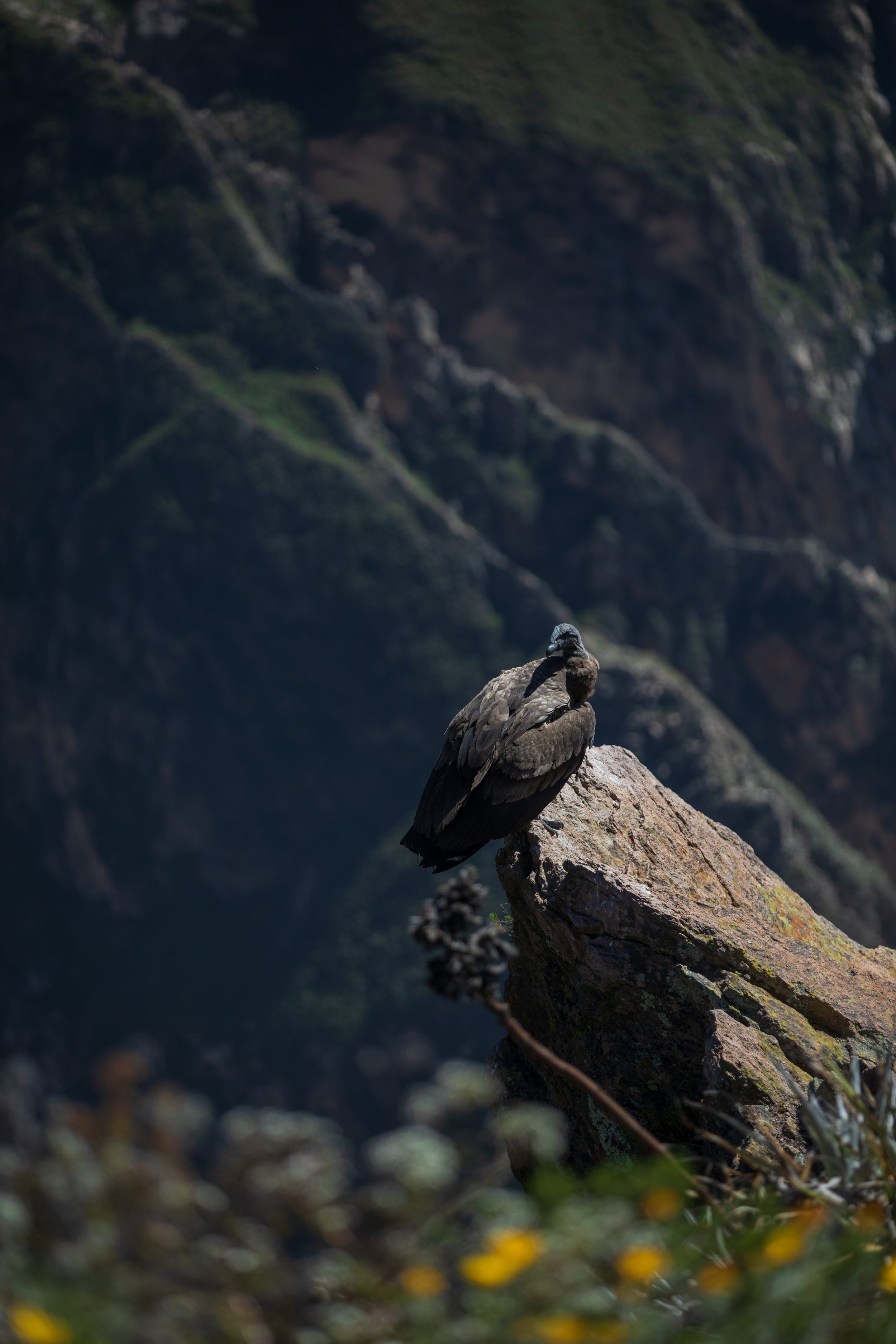
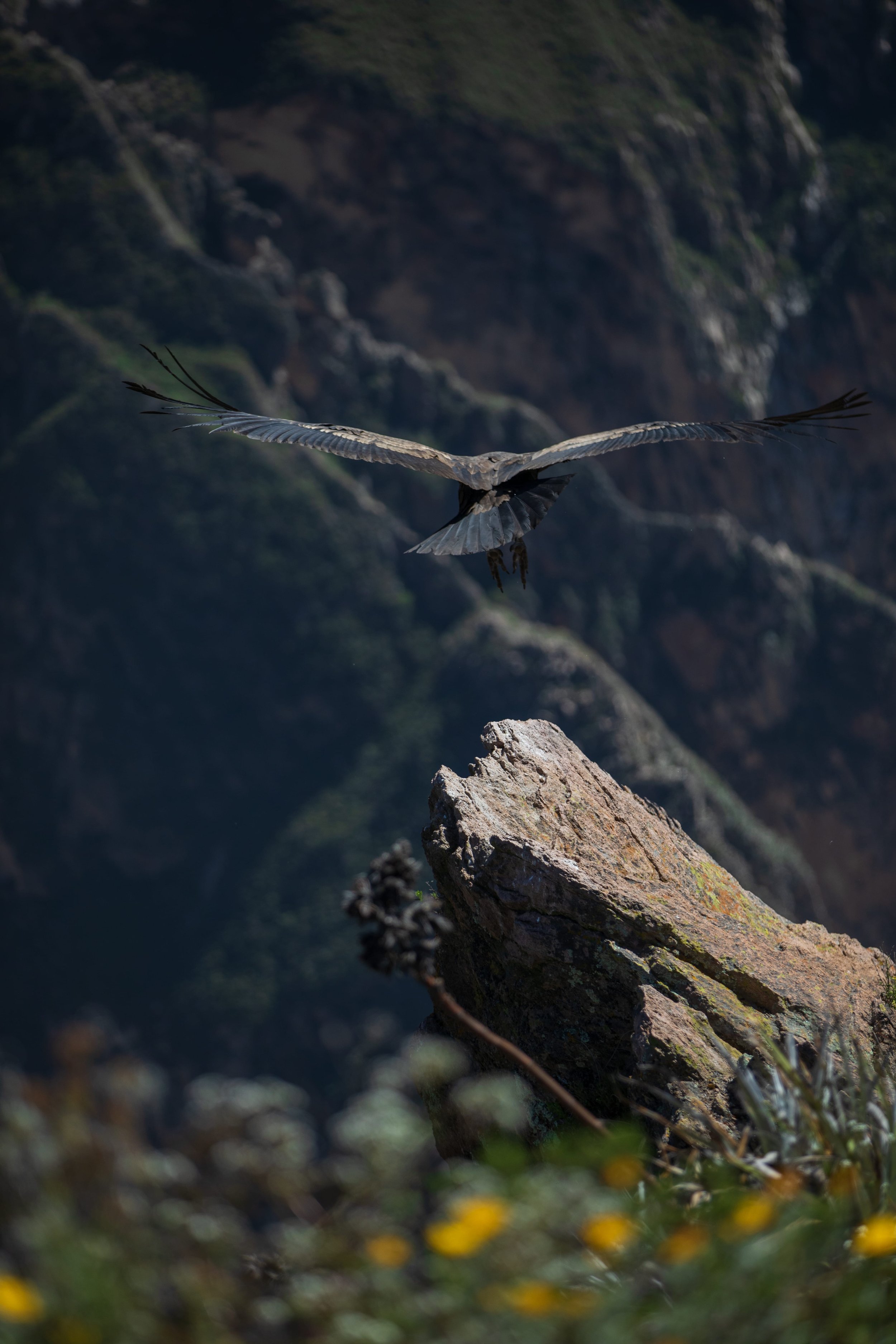


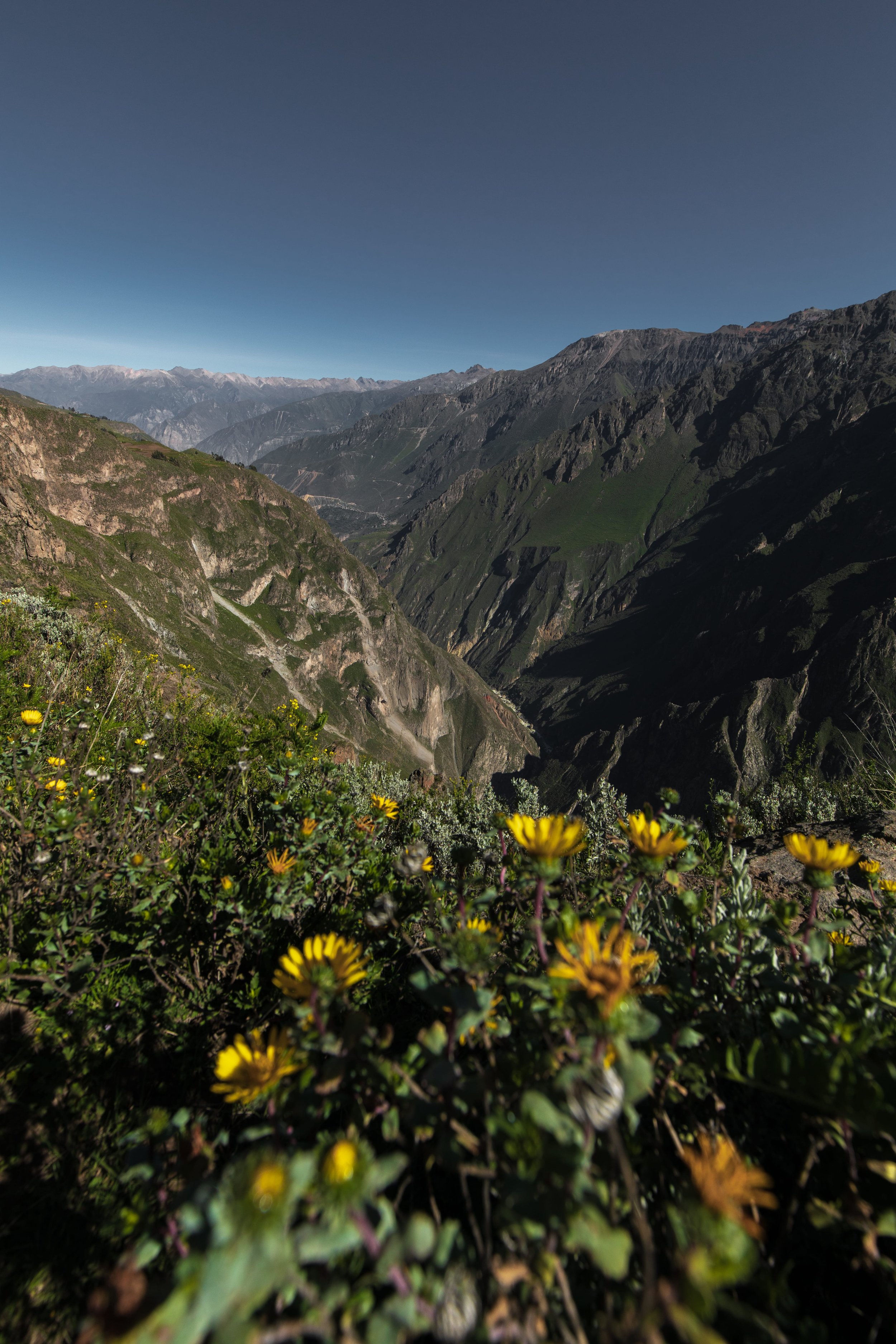
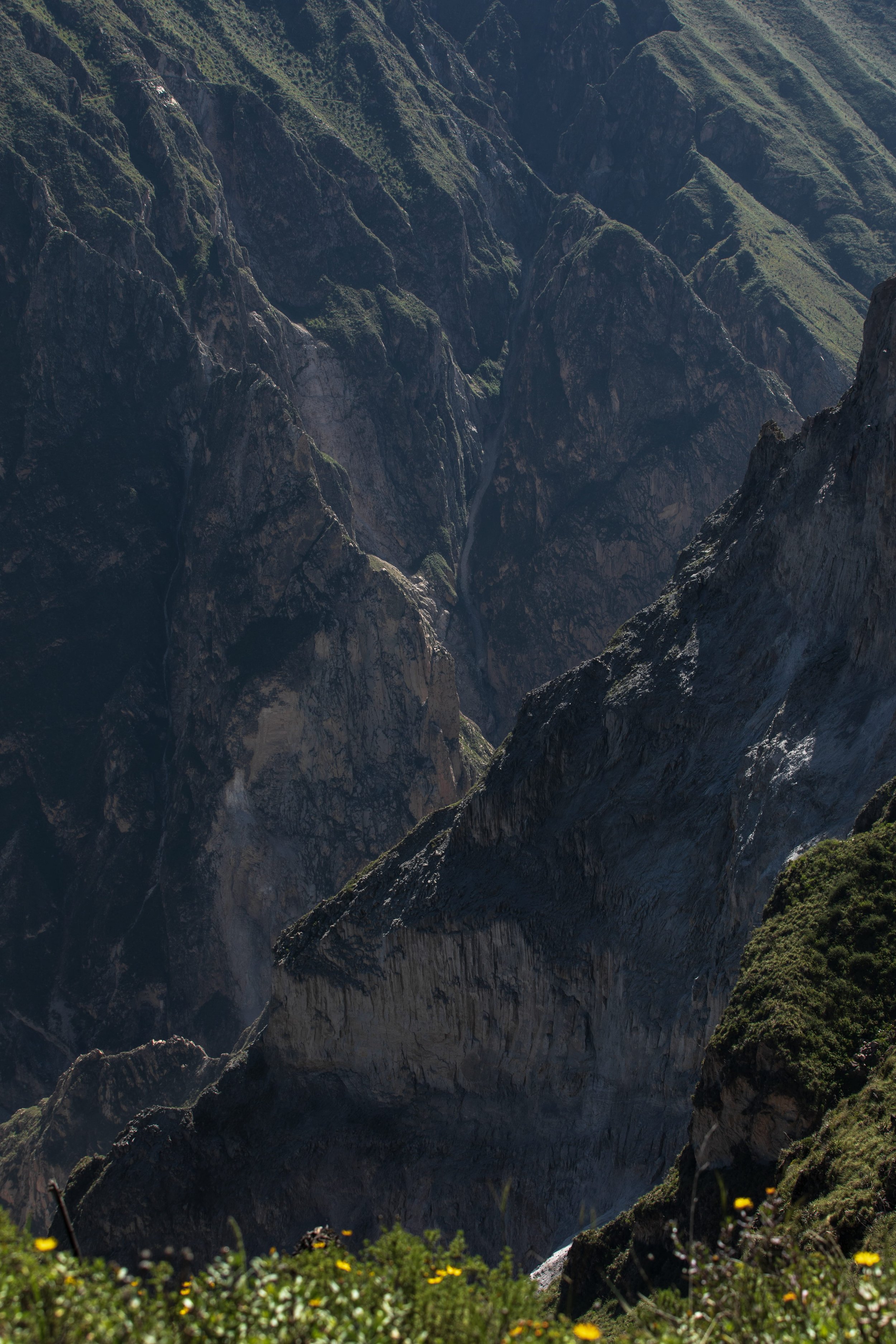


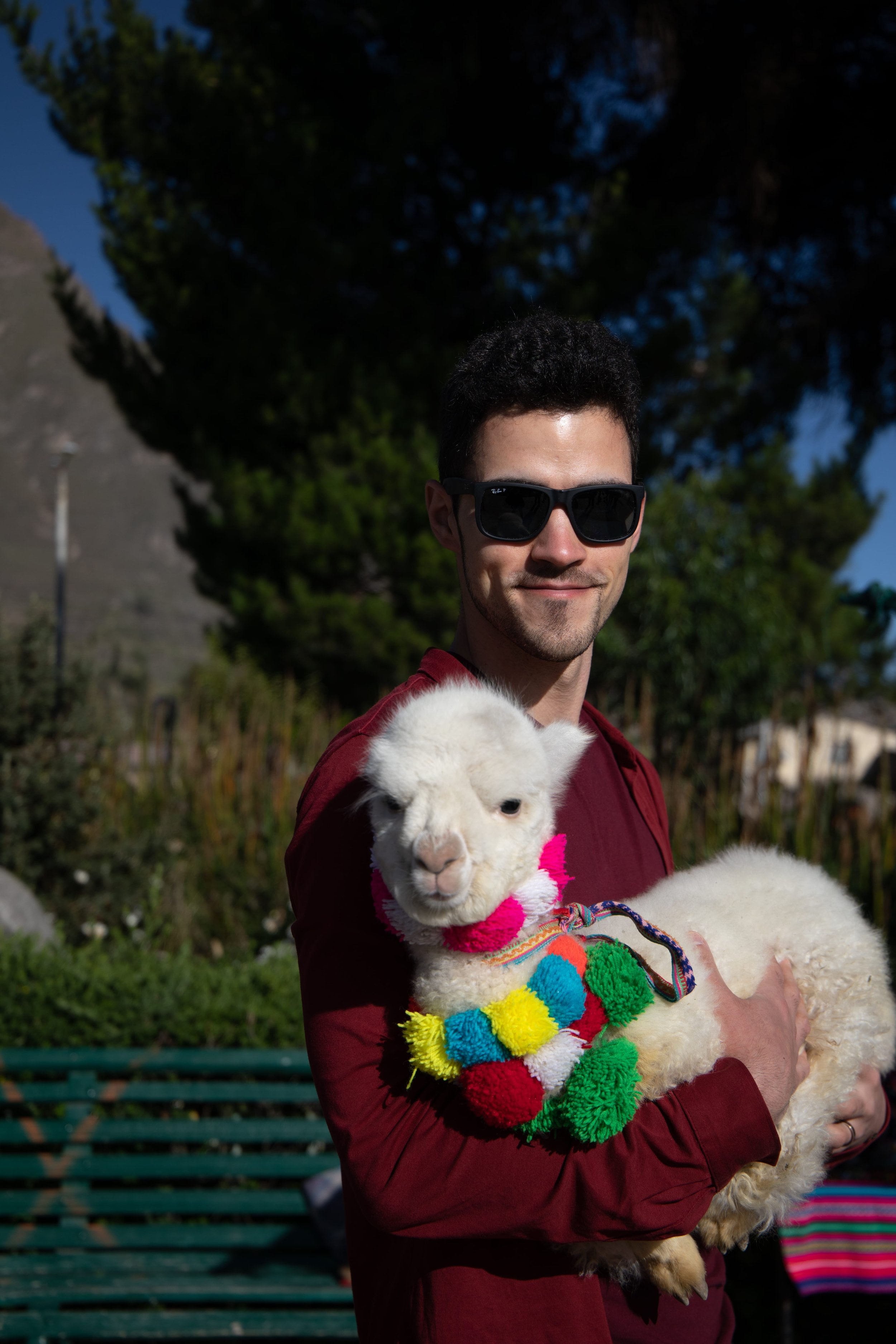
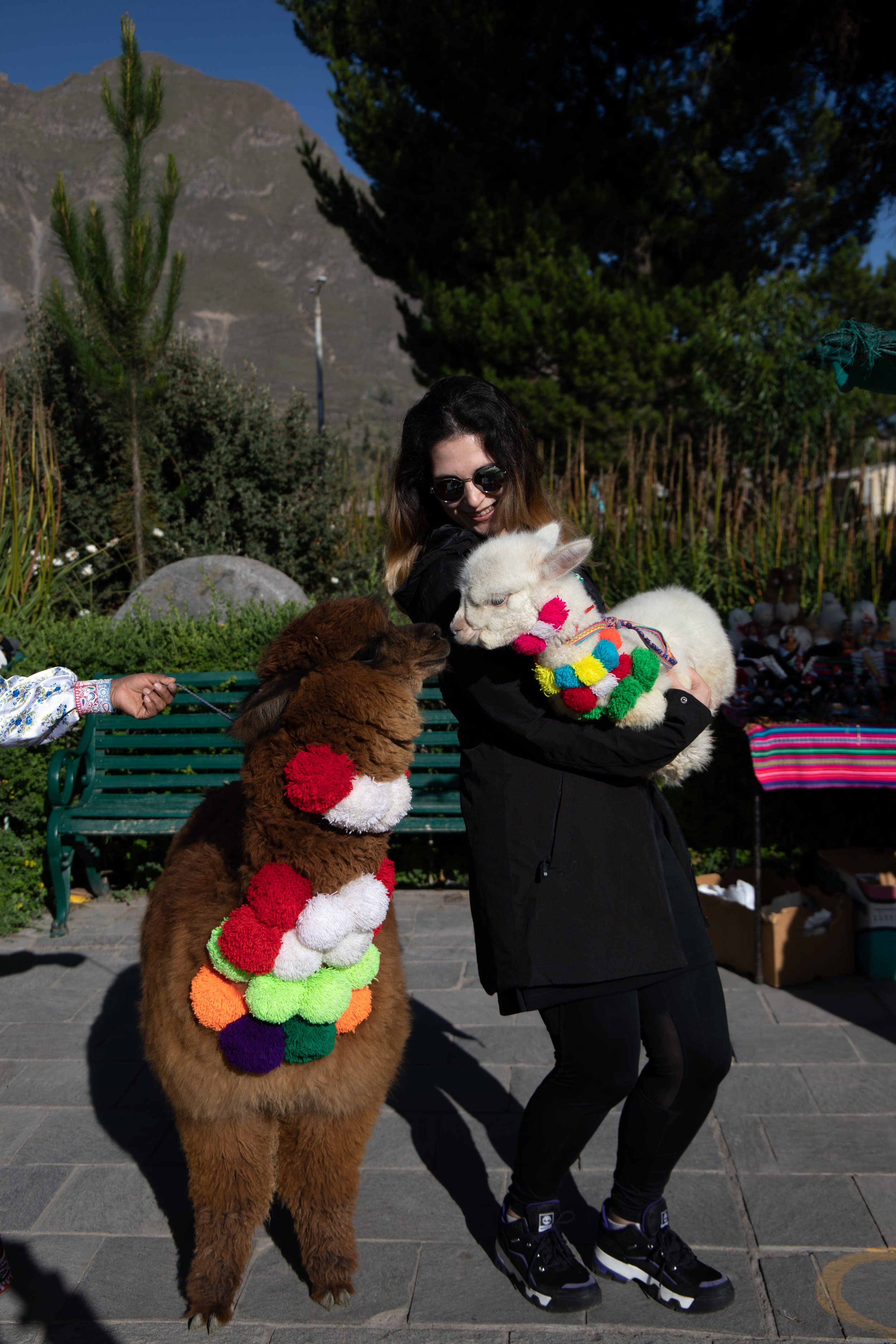
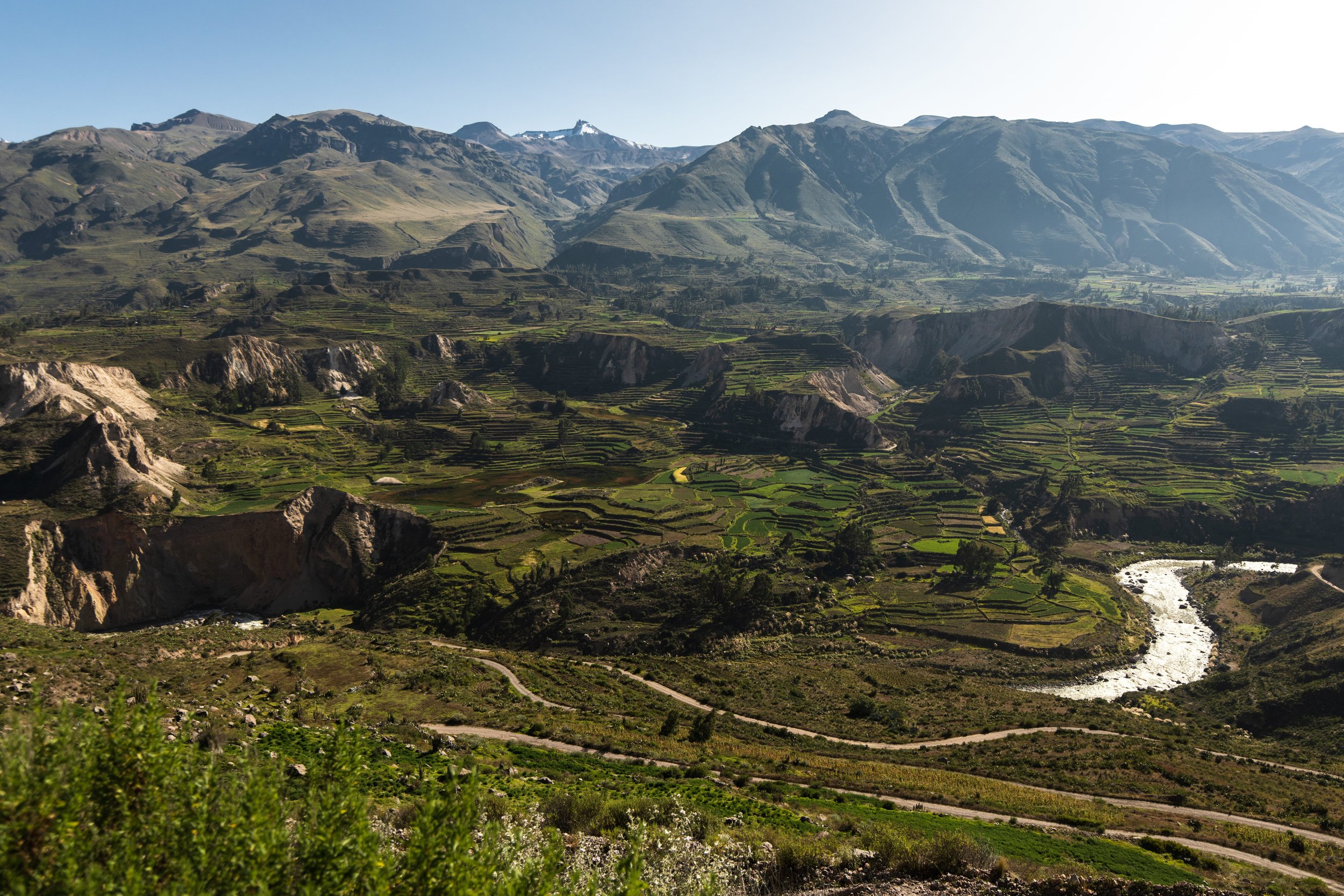
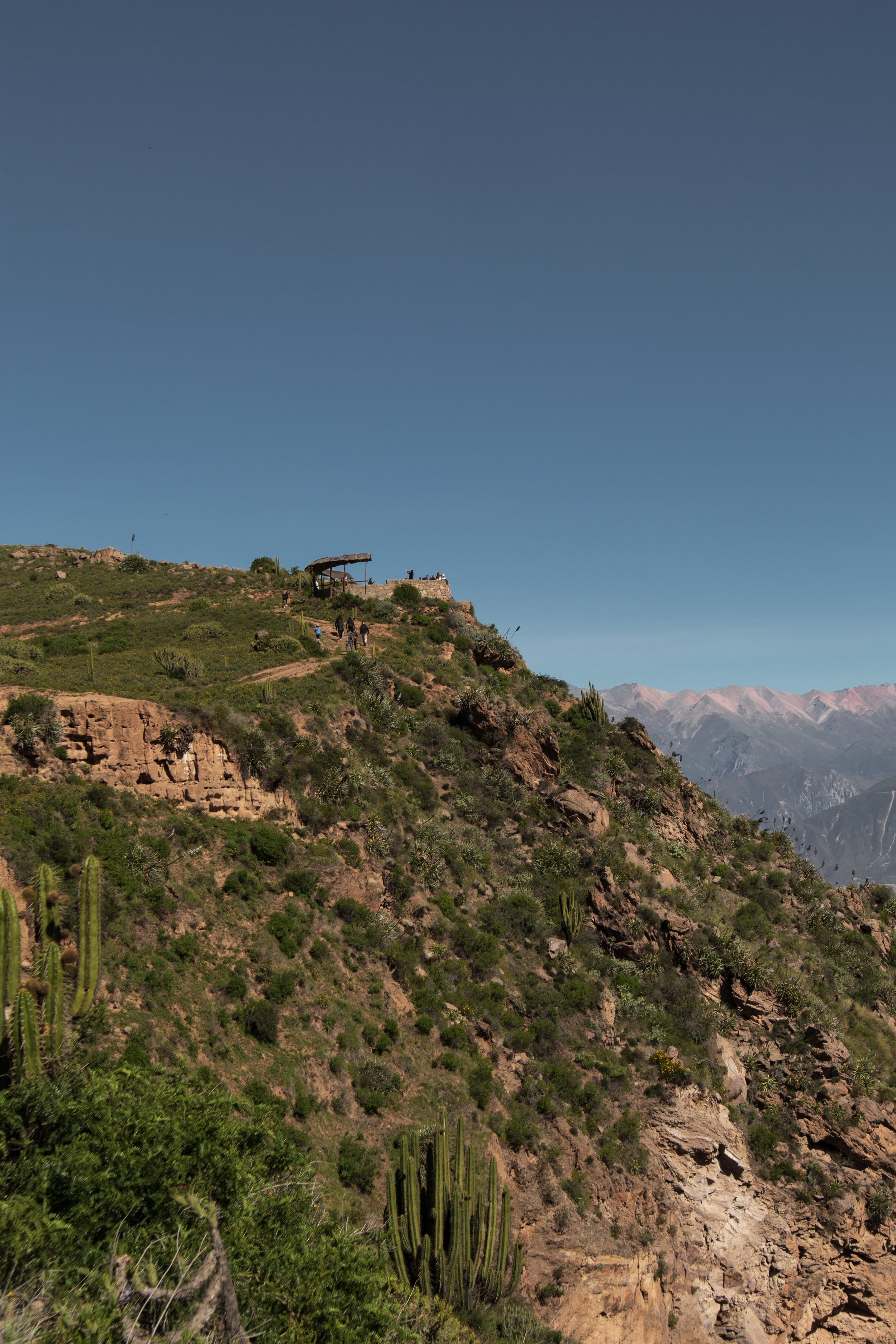
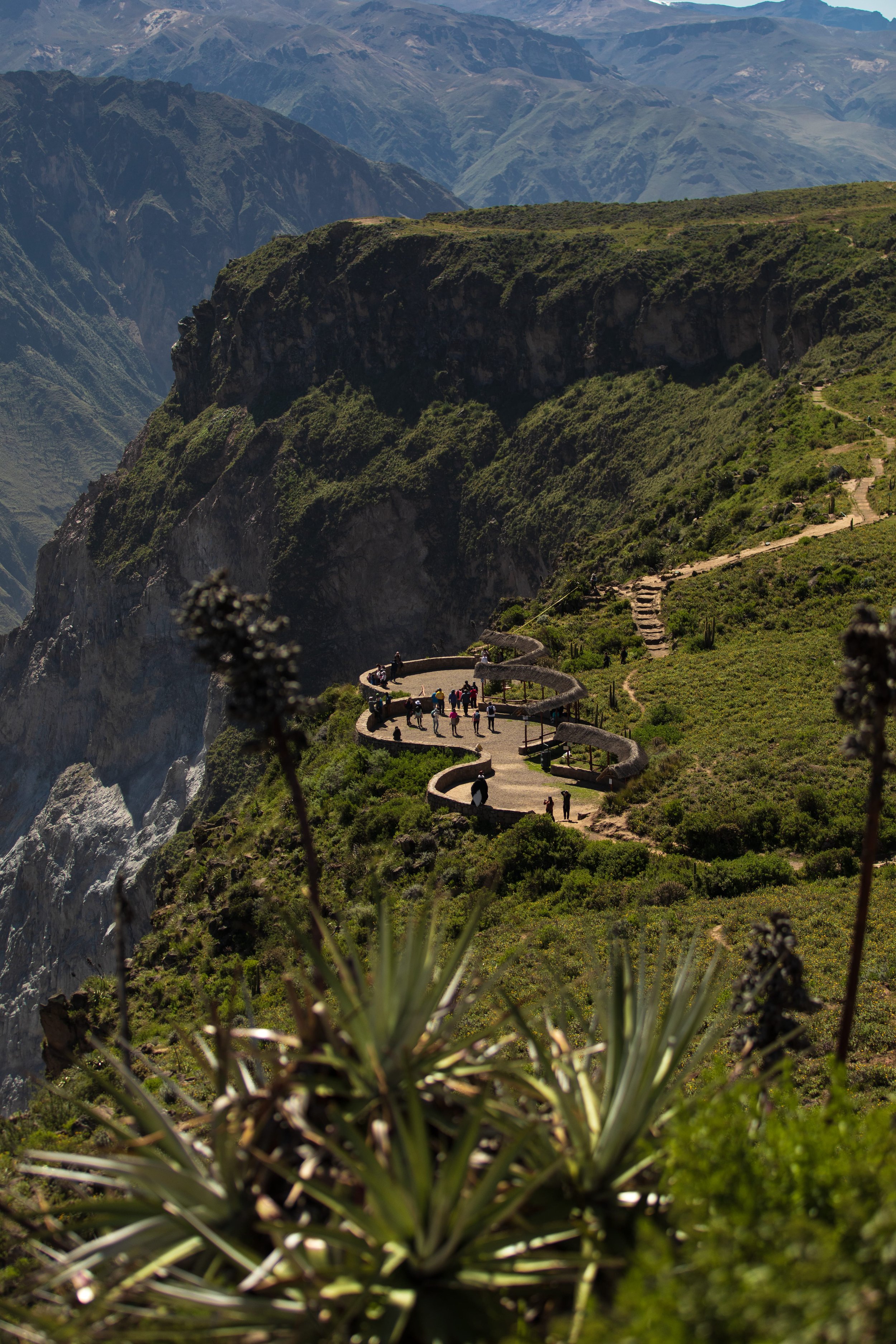





A detailed comparison of two popular boat trips tours in Lima and Paracas